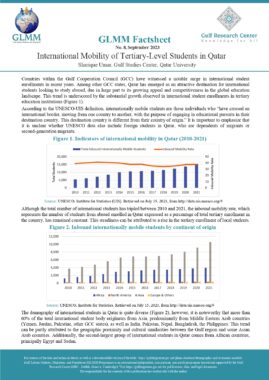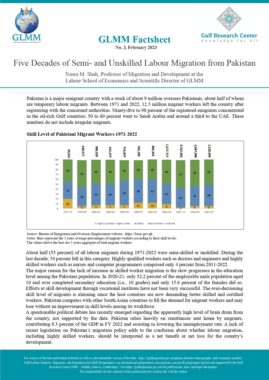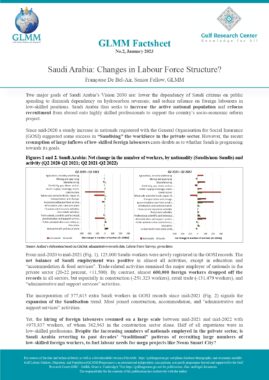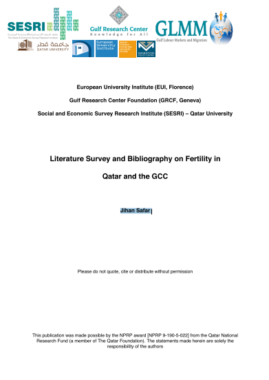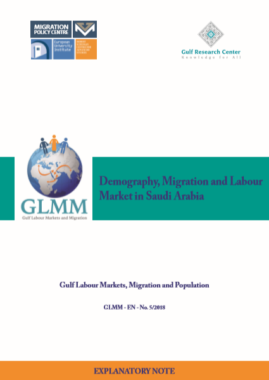Kuwait: Population born in Kuwait by current country of residence in Europe and sex (2011)
| Males | Females | Total | |
| Belgium | 152 | 69 | 221 |
| Bulgaria | 76 | 25 | 101 |
| Czech Republic | 84 | 35 | 119 |
| Denmark | 746 | 553 | 1,299 |
| Germany | 820 | 630 | 1,450 |
| Estonia | 5 | 0 | 5 |
| Ireland | 366 | 205 | 571 |
| Greece | 83 | 62 | 145 |
| Spain | 195 | 245 | 440 |
| France | 351 | 353 | 704 |
| Croatia | 16 | 8 | 24 |
| Italy | 249 | 185 | 434 |
| Cyprus | 81 | 57 | 138 |
| Latvia | 3 | 1 | 4 |
| Lithuania | 0 | 0 | 0 |
| Luxembourg | 6 | 7 | 13 |
| Hungary | 88 | 30 | 118 |
| Malta | 37 | 20 | 57 |
| Netherlands | 0 | 0 | 0 |
| Austria | 148 | 86 | 234 |
| Poland | 135 | 34 | 169 |
| Portugal | 8 | 5 | 13 |
| Romania | 144 | 39 | 183 |
| Slovenia | 7 | 4 | 11 |
| Slovakia | 34 | 17 | 51 |
| Finland | 72 | 35 | 107 |
| Sweden | 888 | 626 | 1,514 |
| United Kingdom | 7,705 | 5,370 | 13,075 |
| Iceland | 3 | 1 | 4 |
| Liechtenstein | 0 | 0 | 0 |
| Norway | 203 | 144 | 347 |
| Switzerland | 139 | 97 | 236 |
| Total Kuwait-borns in Europe | 12,844 | 8,943 | 21,787 |
Source: National censuses 2011
ANNEXED NOTES
1. Technical Notes and Definitions
The 2011 Census database is the result of a joint effort by the European Statistical System (ESS) to better disseminate the results of the Population and Housing Censuses in Europe, providing users with easy access to detailed census data that are structured in the same way and methodologically comparable between countries.
The data presented here are based on a set of European statistical legislation that provides key statistical definitions and defines the data and metadata to be produced.
The national census exercises are also undertaken following international guidelines and recommendations prepared by the United Nations in cooperation with Eurostat. This helps to ensure comparability of the data presented here.
The tool (the “Census Hub”) constructed for data dissemination is based on the concept of data sharing, where National Statistical Institutes (NSIs) provide access to their data according to standard processes, formats and technologies
while Eurostat provides the IT structure that allows users to quickly and flexibly specify, compile and extract data stored in the different national census databases.
Switzerland: The values do not refer to the total Swiss population but rather to the resident permanent population aged 15 years or older in private households.
Austria: For data privacy protection reasons, the statistical disclosure control method of \Target Swapping\” has been used on a part of the data. Therefore, in cell values <= 5 no reliable assertions can be made.”
Netherlands: the data presented here is taken from Eurostats database “Population on January 1st by age, sex and country of birth” [migr_pop3ctb].
Metadata referring to each EU member State’s census operation is available at:
https://ec.europa.eu/CensusHub2/metadata.do?method=loadMetadata
2. Institution which provides data
Eurostat.
3. Data availability
Data is compiled from Eurostats website:
http://ec.europa.eu/eurostat/web/main
Explanations on 2011′ harmonised census round, on the concept of the 2011 “census hub” and access to it:
http://ec.europa.eu/eurostat/web/population-and-housing-census/census-data/2011-census
Eurostats “census hub” data compilation device:
https://ec.europa.eu/CensusHub2/metadata.do?method=loadMetadata
Last date of access: 28 July 2015
Similar Posts:
- Kuwait: Population born in Kuwait by current country of residence in Europe (2011)
- UAE: Population born in the UAE by current country of residence in Europe (2011)
- Saudi Arabia: Population born in Saudi Arabia by current country of residence in Europe and sex (2011)
- Bahrain: Population born in Bahrain by current country of residence in Europe (2011)
- Qatar: Population born in Qatar by current country of residence in Europe and sex (2011)
Tags: Kuwait, National Population

































